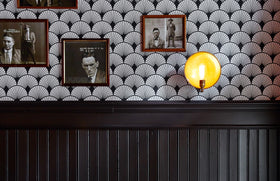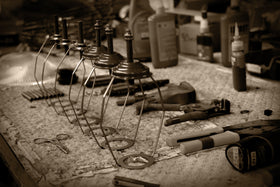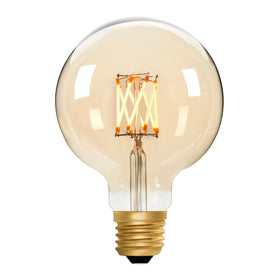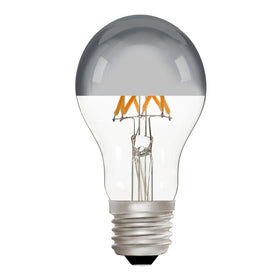
Who Invented The Seven-Segment Display?
The world of quirky lighting inhabits a wide range of different styles and artistic eras.
There are the yellow filament bulbs often associated with Art Deco, whilst the Lava Lamp is the epitome of 1960s psychedelic art.
However, alongside the revival of neon lights, a fixture of 1980s-inspired cyberpunk styles is the seven-segment display, a common lighting display system for showing numbers before the rise of later more versatile systems such as dot matrix, liquid crystal display and light-emitting diode displays.
However, its invention pre-dated any lighting whatsoever, with the system initially used as part of high-speed telegraphing equipment.
For this use, it was initially patented by Carl Kinsley and was mostly a method to make it easier to transmit numbers rather than display them.
However, the potential was already apparent, and Frank W Wood would indeed capitalise by patenting an eight-segment display system, the additional segment used to display the number four with a diagonal bar, as opposed to the y-shape seen with most common seven-segment displays.
However, it is the most common antecedent to the systems we know today, as whilst several systems were used in boiler rooms and telephony, their relatively obscure use means that it is hard to tell which enterprising inventor realised that you could take a segment away with no loss of functionality.
Both systems relied on the initial concept proposed by Carl Kinsley of integrating different tones and connecting them to numbers that could be easily displayed through sets of segmented lights.
It would take almost fifty years and the invention of LEDs for seven-segment displays to become widespread again, often used as the primary display system in digital watches such as the Sinclair Black Watch.
A major fixture throughout the 1980s and 1990s, the rise of cheaper dot-matrix displays led to the seven-segment display falling out of use outside of exceptionally cheap equipment, but its ubiquity has given it a legacy that lasts to this day.







